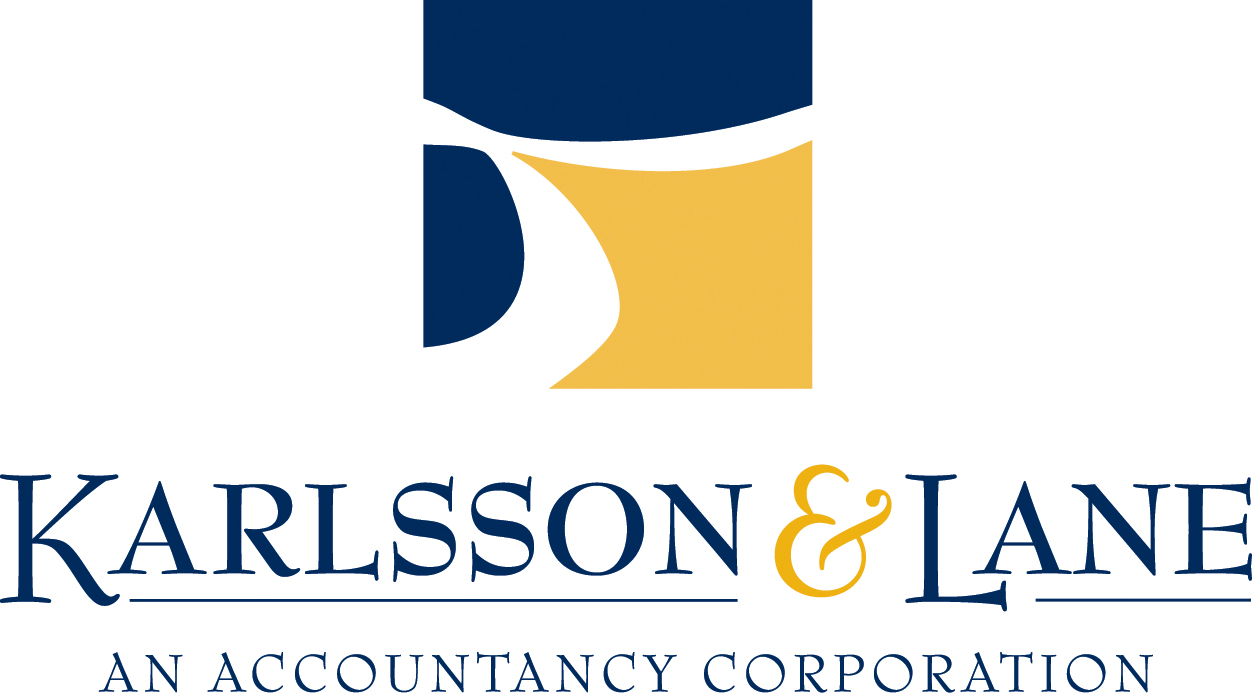Dashboards can help nonprofit boards focus on critical goals
Simple Steps to a Better Budget
October 25, 2017How nonprofits can maximize donors’ generosity around the holidays
November 9, 2017
Nonprofit board members need to keep an eye on how well their organizations are meeting major goals and furthering their missions. One of the easiest, quickest ways for boards to do this is with a “dashboard” of key performance indicators. Nonprofit board members need to keep an eye on how well their organizations are meeting major goals and furthering their missions. One of the easiest, quickest ways for boards to do this is with a “dashboard” of key performance indicators.
Although most boards regularly receive financial reports to review, a dashboard can be effective because it’s designed to be concise and focus on the most critical numbers. Plus, the information is displayed in a format that all board members can easily understand — even if they aren’t accustomed to analyzing financial statements.
For example, an organization whose primary goal is to diversify revenue sources might use a pie chart on its dashboard to display the percentage of income from each source. Board members can monitor whether slices of the pie are becoming more equal in size over time. Or a nonprofit might use various simple graphics and data displays to track the number of new clients served, volunteer hours, and the number of individual and corporate donors.
To develop your own dashboard, consider these questions:
• What are your nonprofit’s top priorities or objectives?
• What key aspects of your operations do you want to monitor?
• What is the best way to display progress toward goals in key areas?
• How often do you want board members to receive the dashboard for review — such as quarterly or at every meeting?
Include only the most important key indicators on your dashboard so that board members can detect trends quickly and take corrective action as necessary.
One of the most important roles of nonprofit boards is to set strategic direction and establish priorities for their organizations. To carry out this duty, your board needs relevant information that’s easy to monitor and understand.
© 2017











